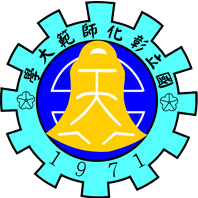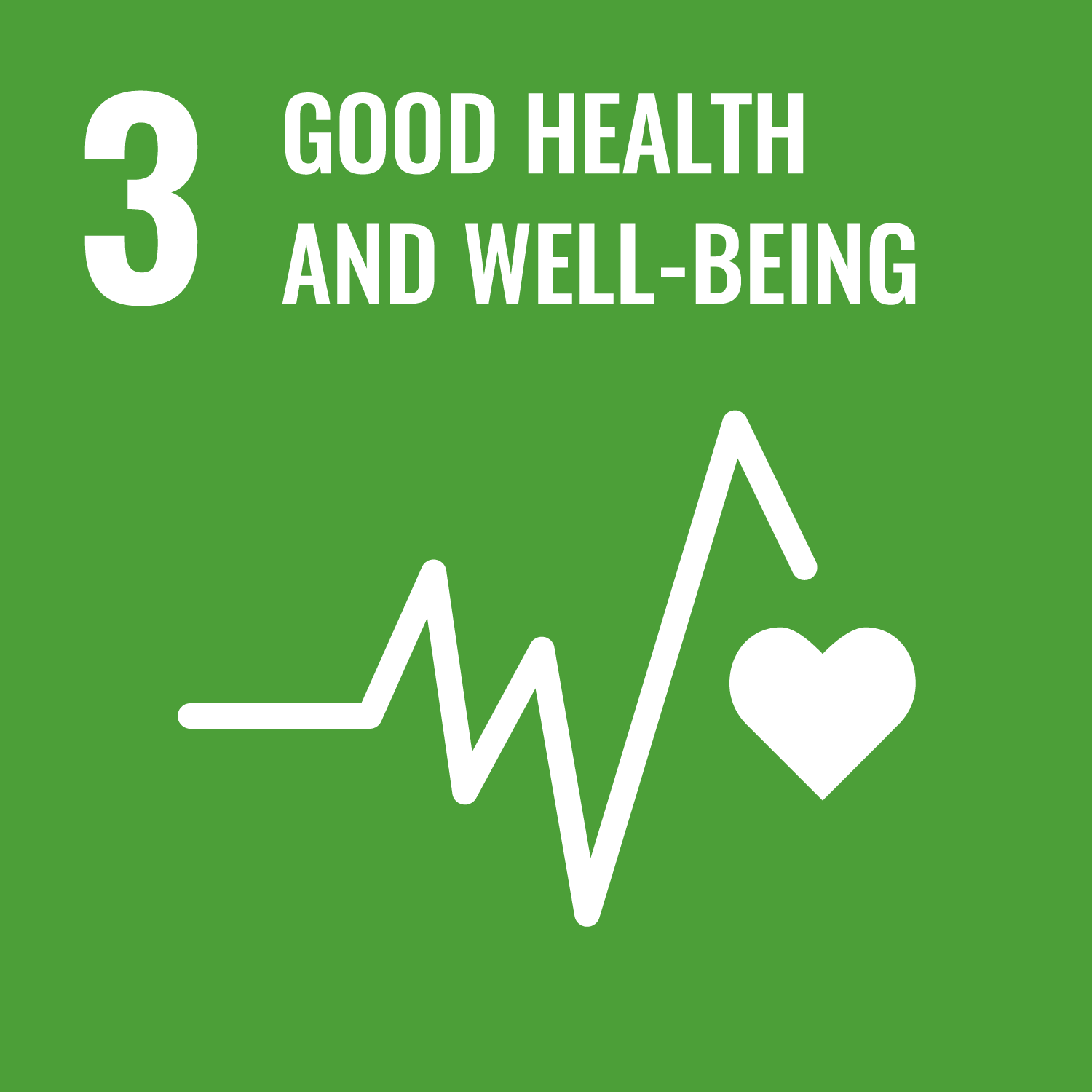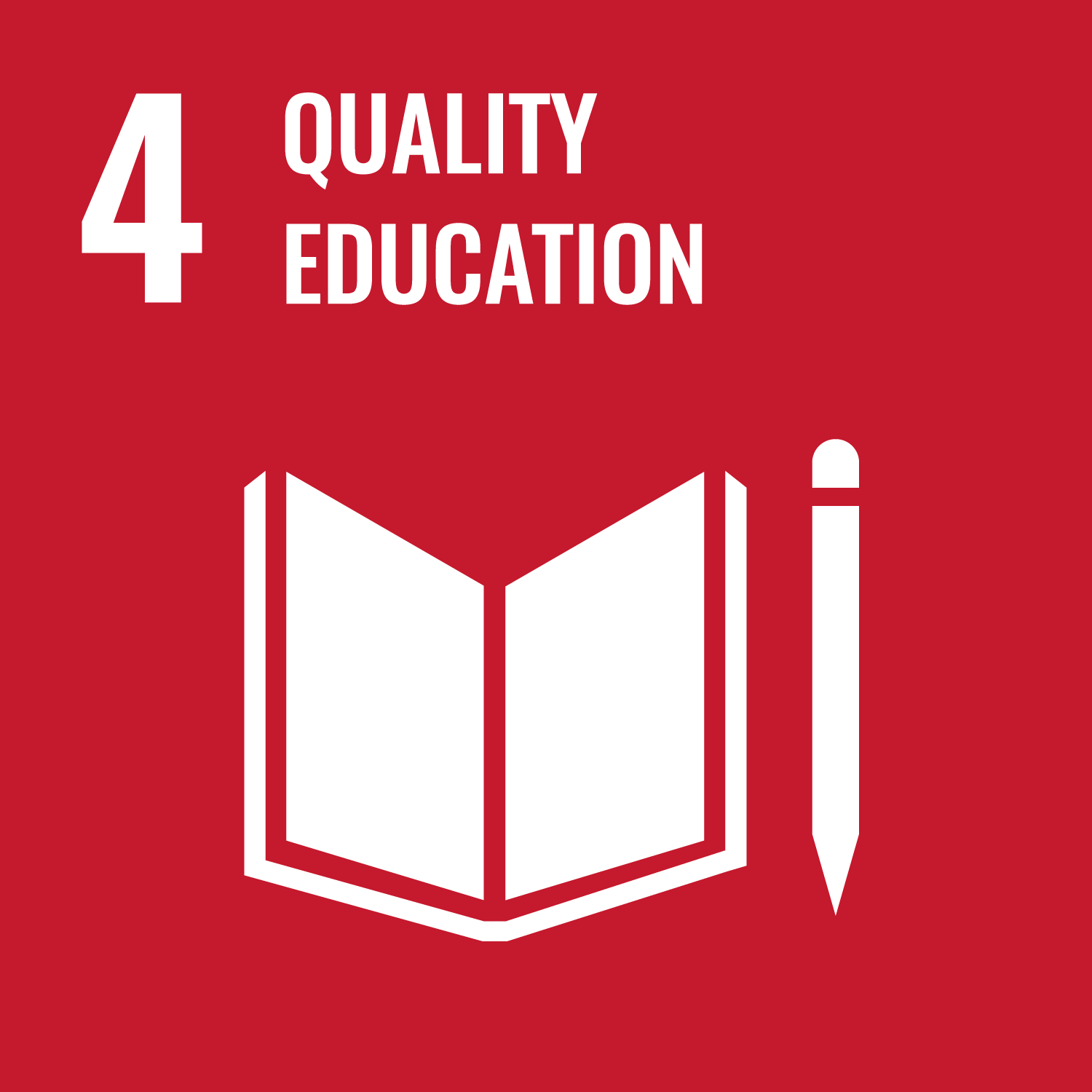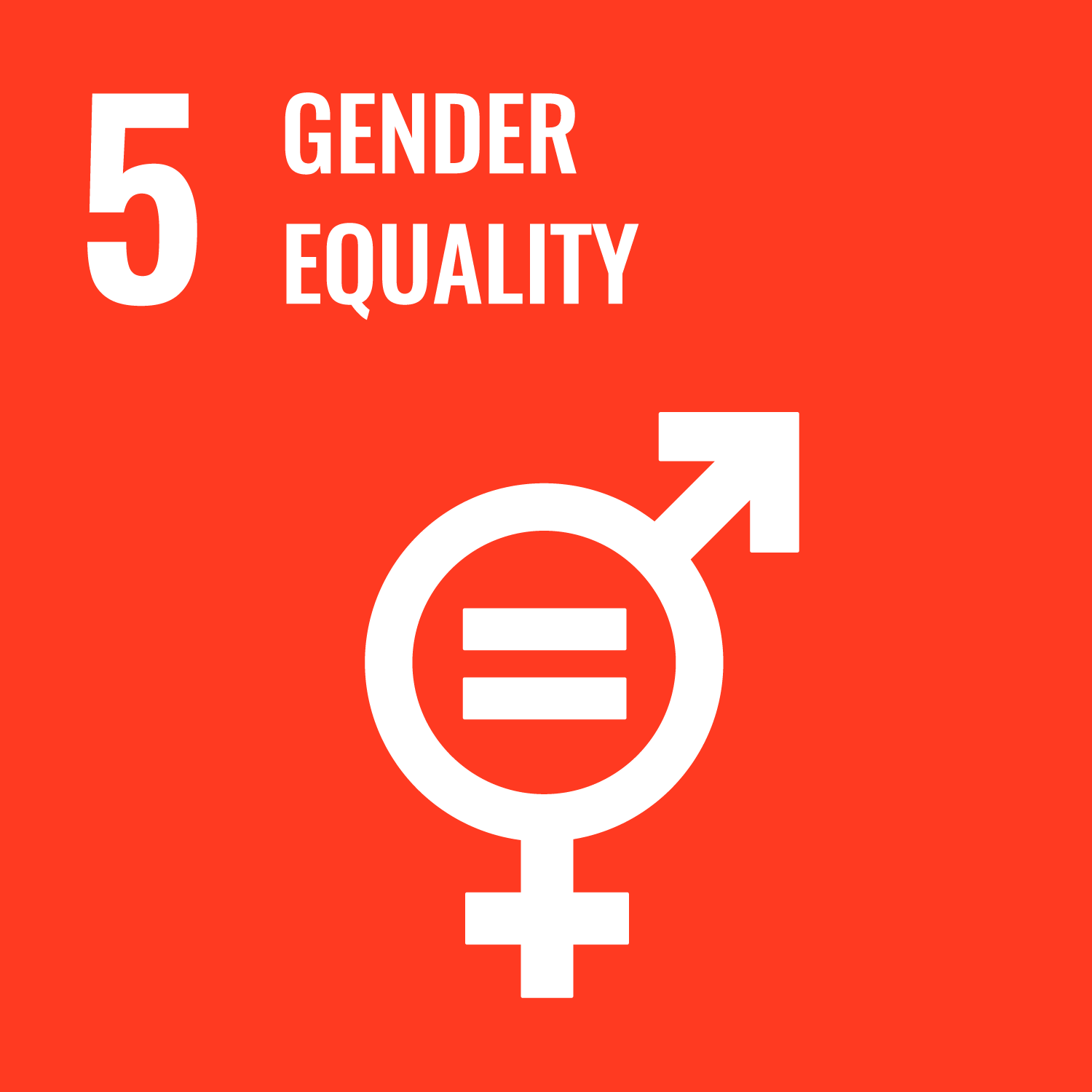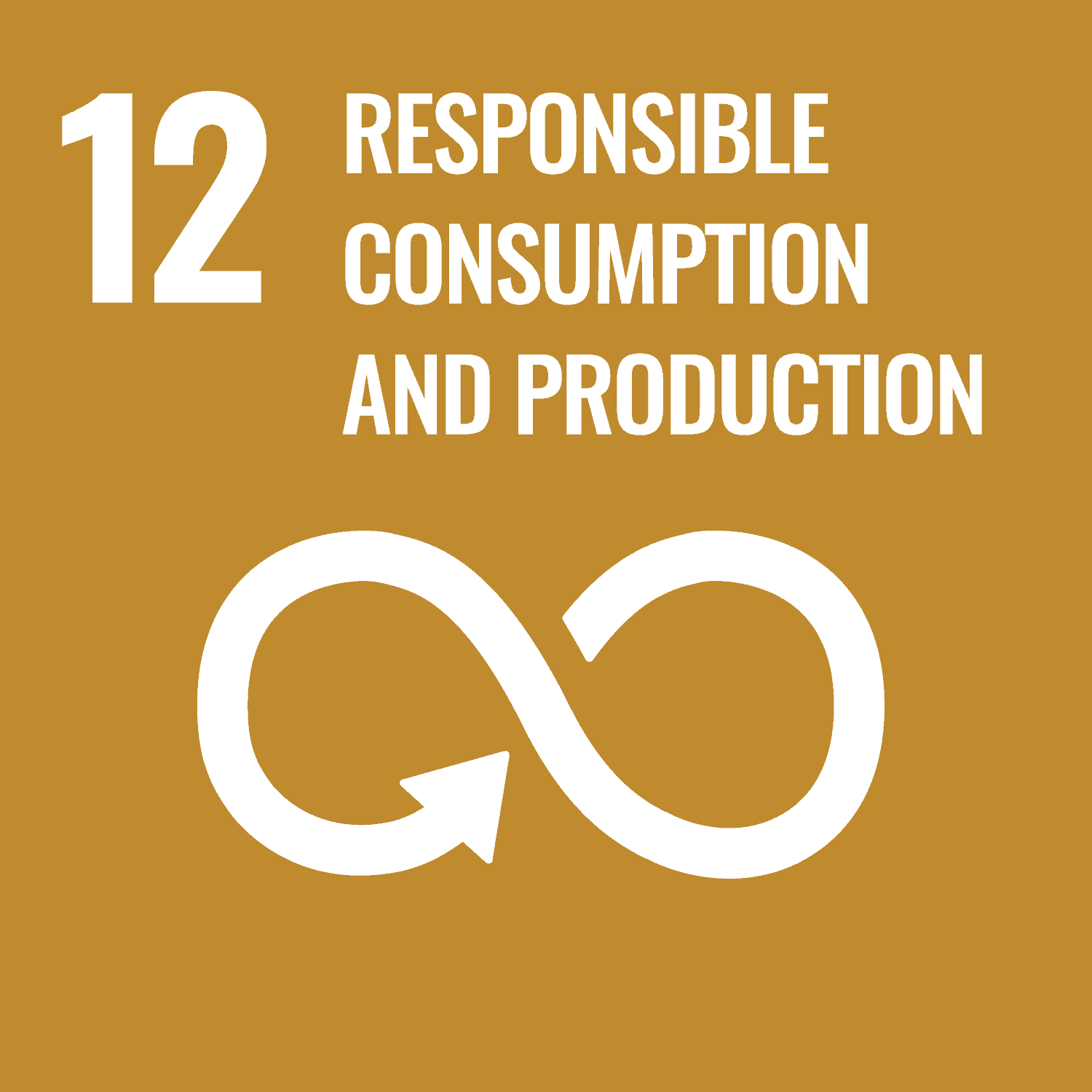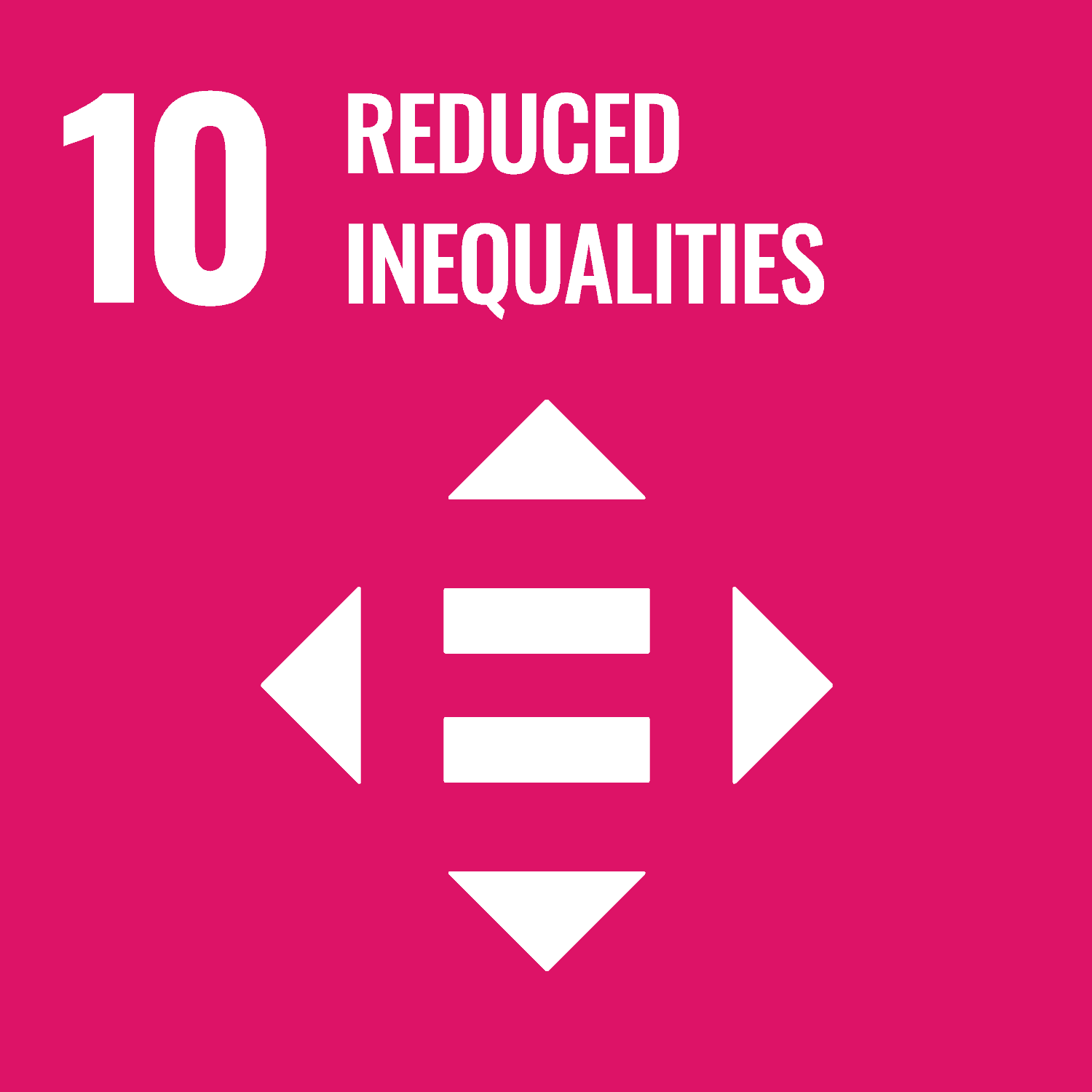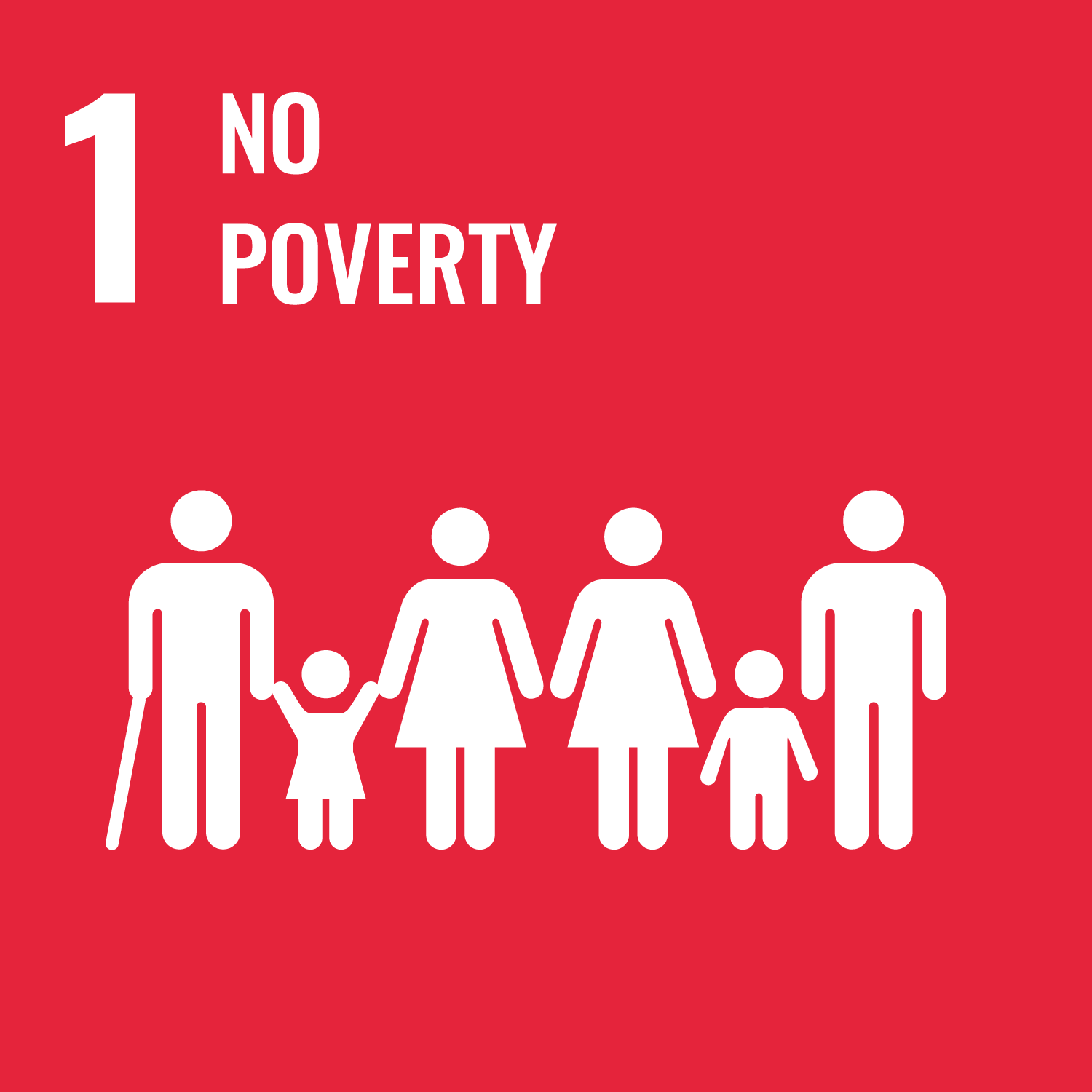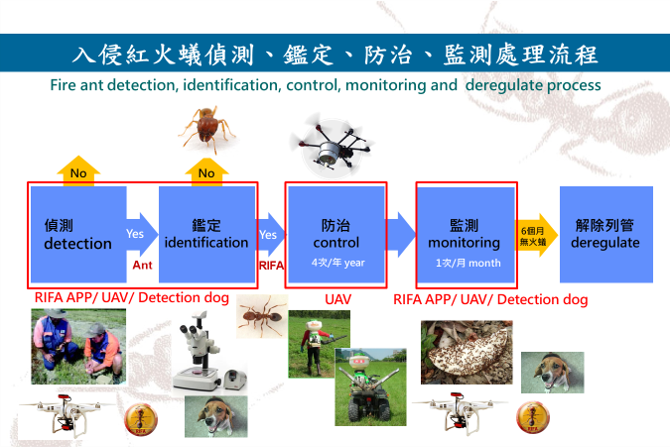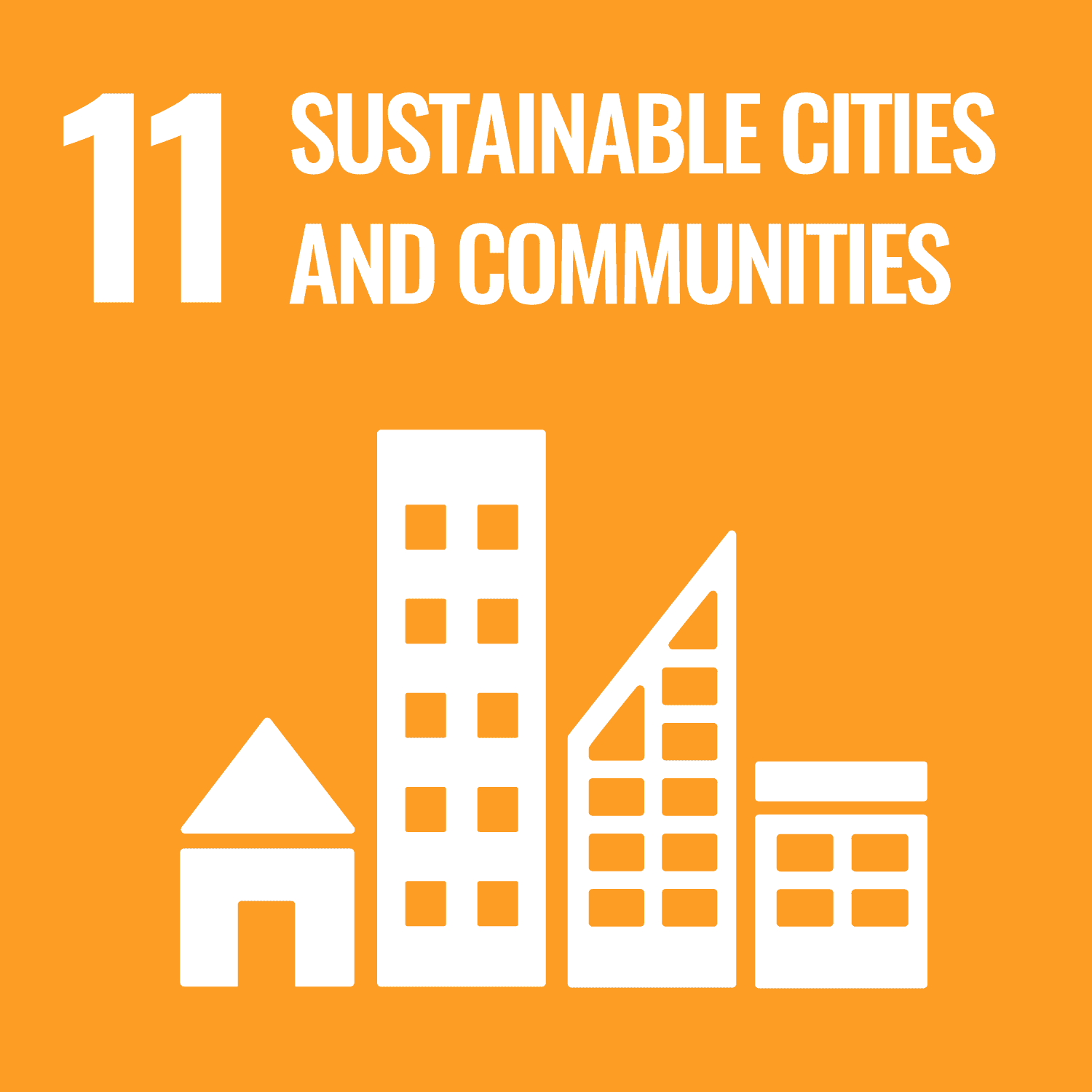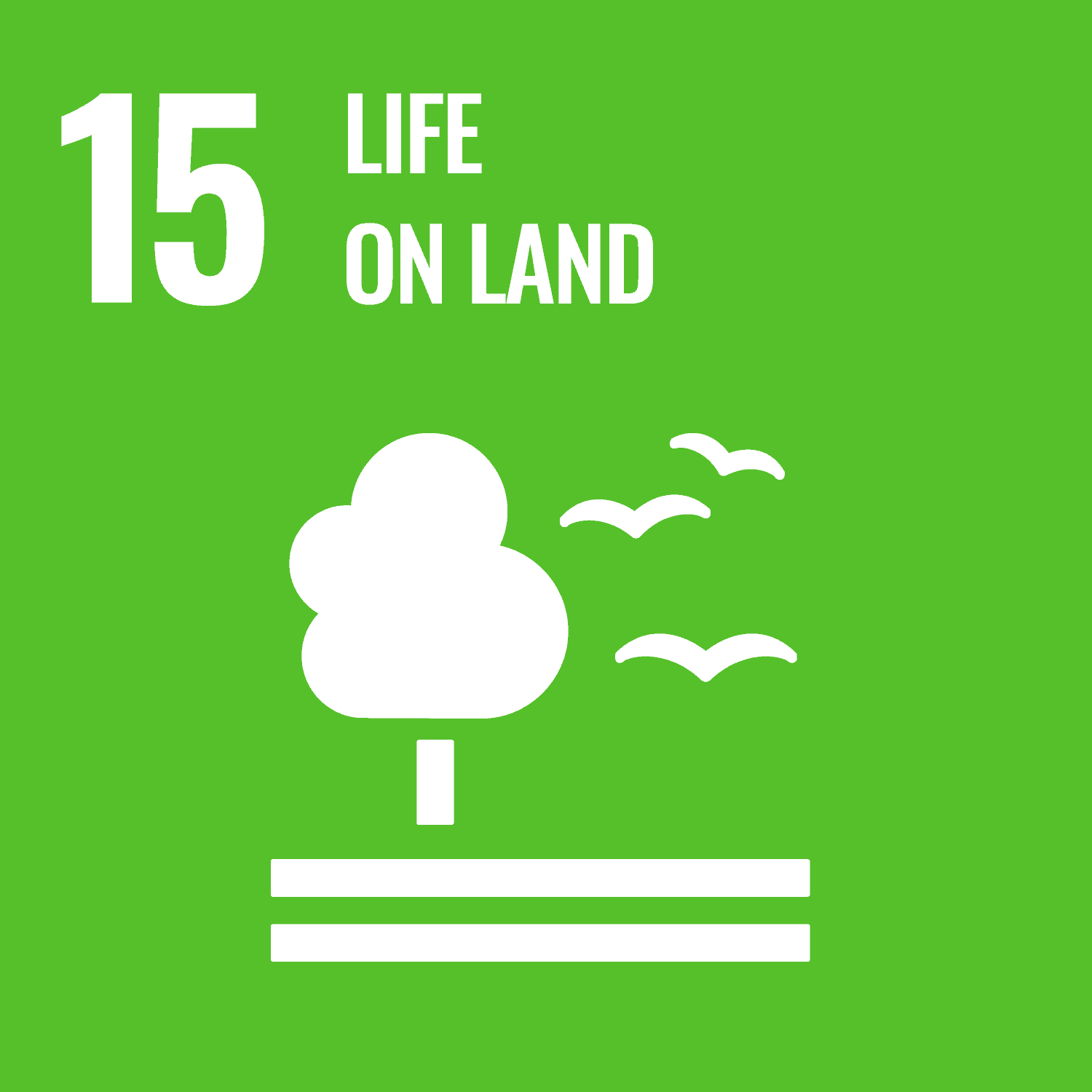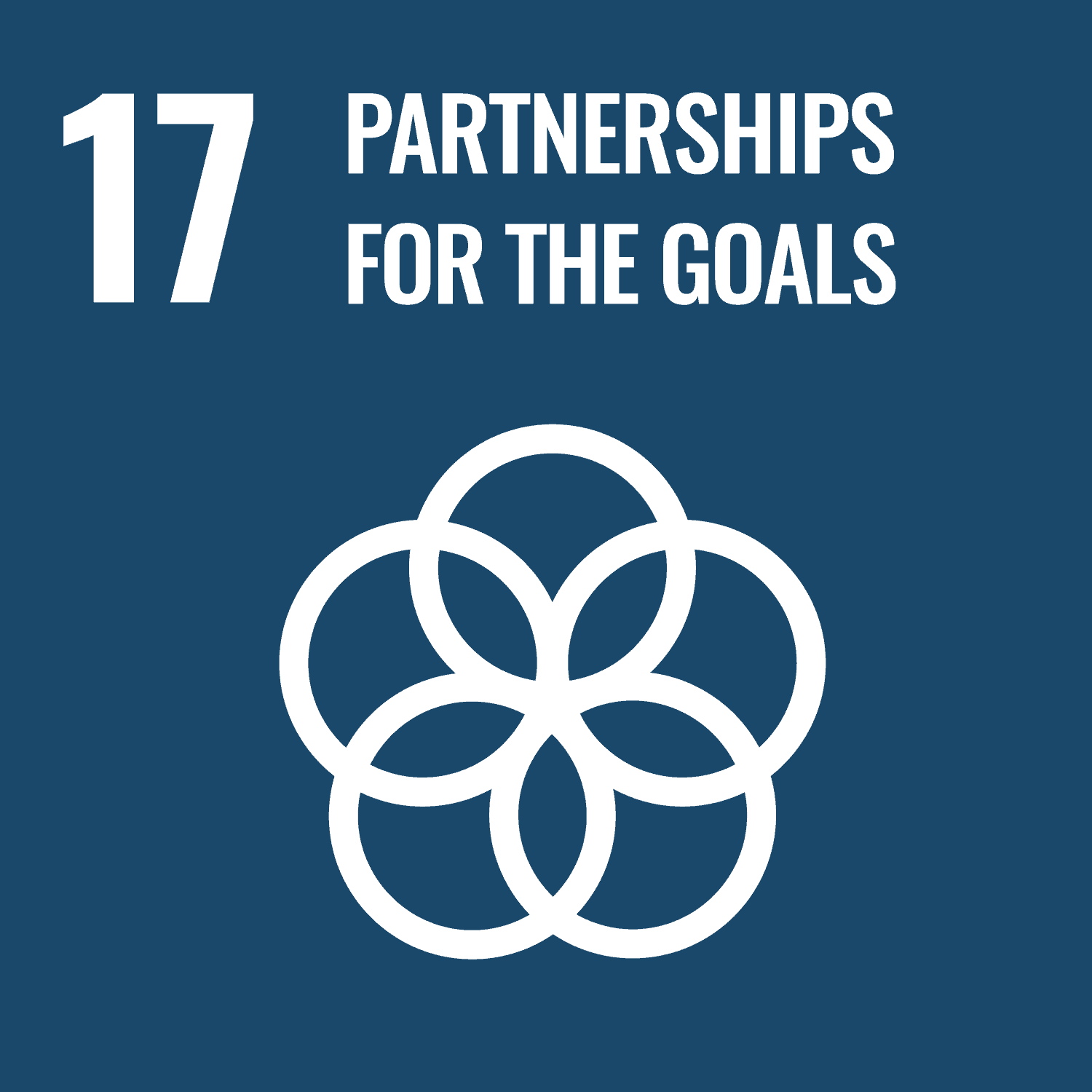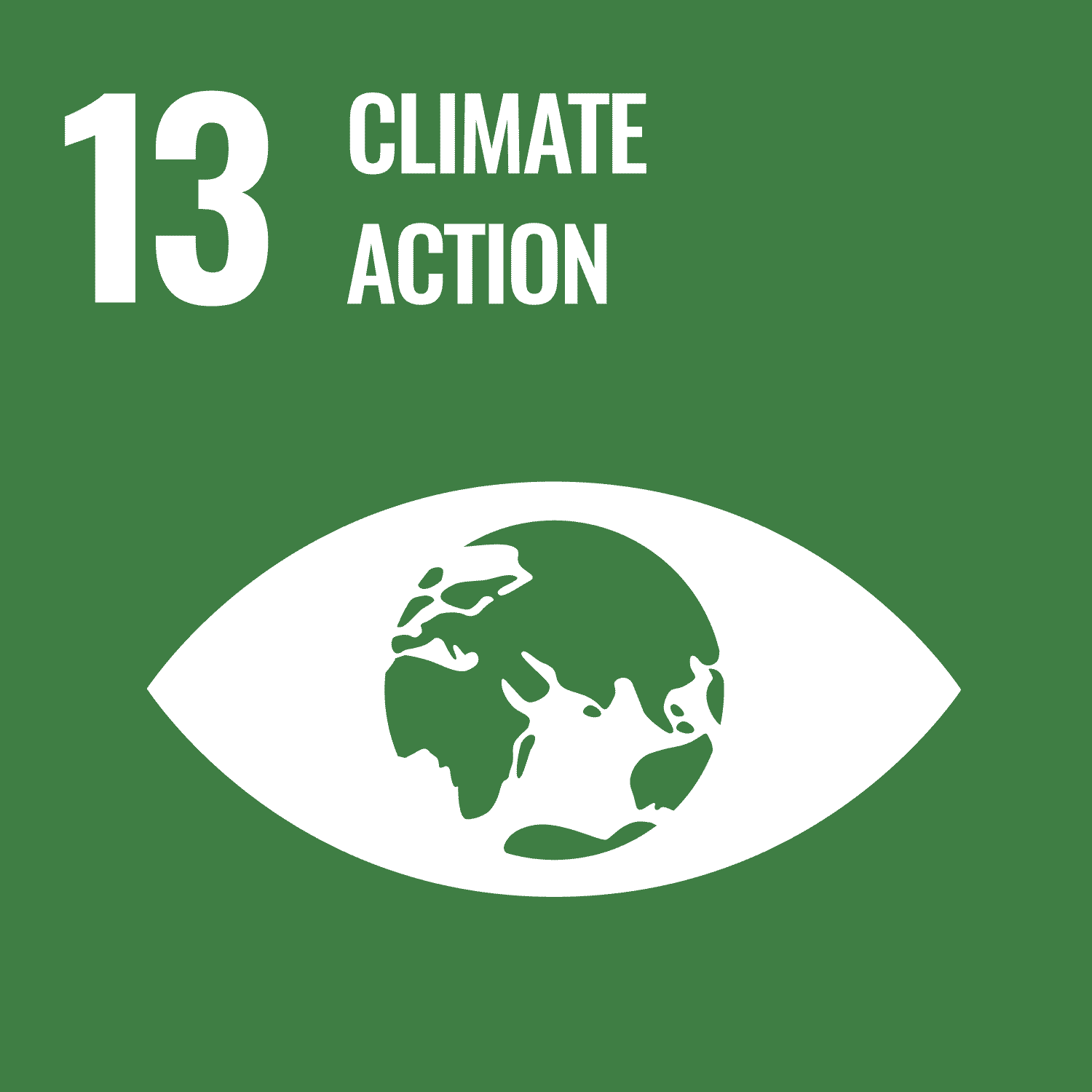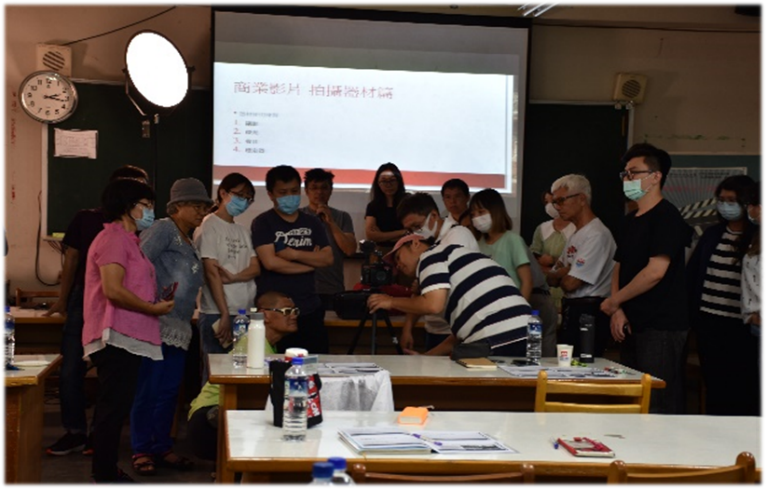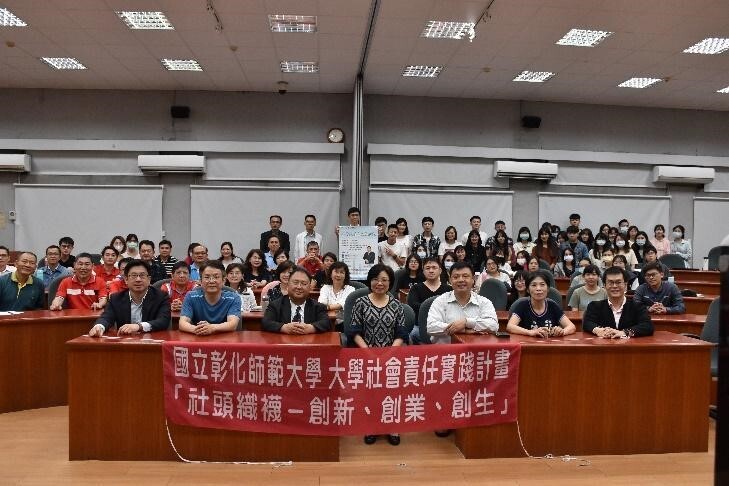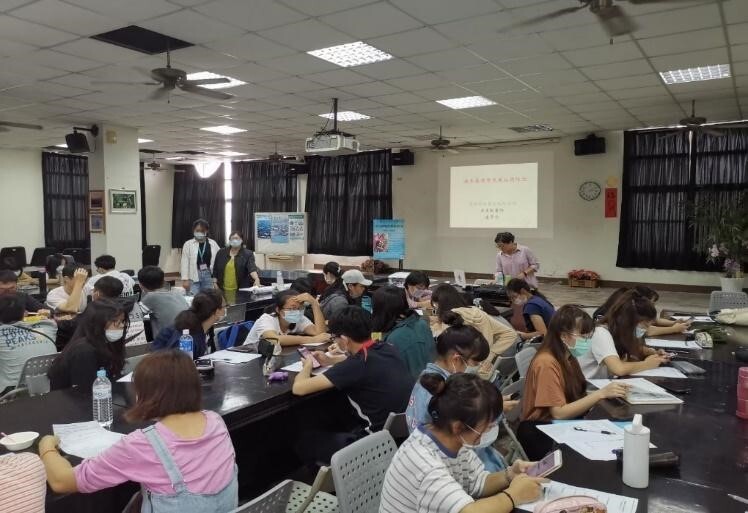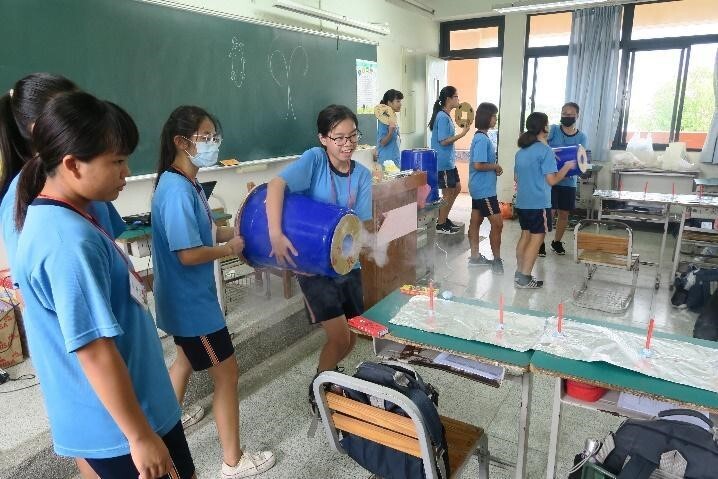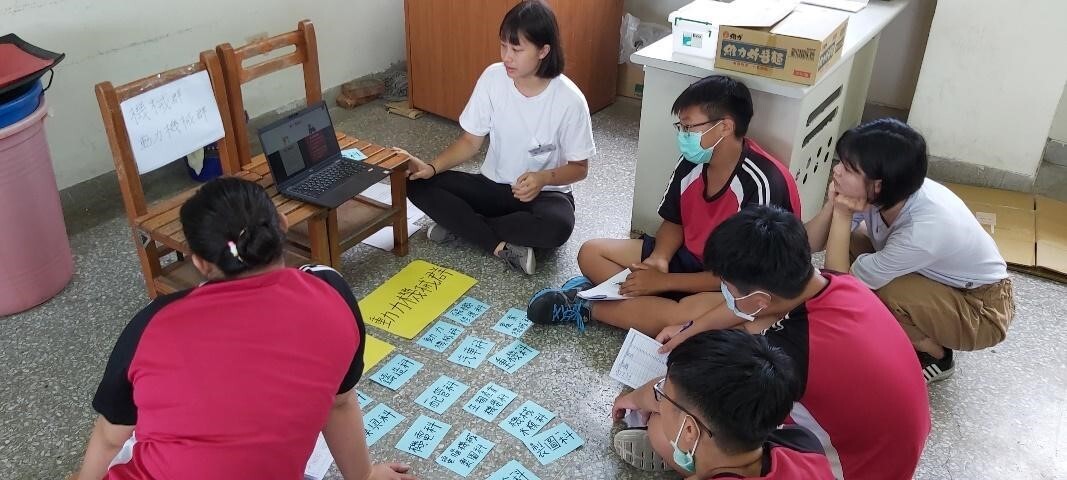SDG16.3.3 Participation in government research Year: 2020
NCUE comprises seven colleges: Arts, Science, Engineering, Education, Management, Technology and Vocational Education, and Social Sciences and Physical Education. All colleges actively participate in government policy research projects to develop key policies or assist government departments in formulating policies and implementing strategies. Descriptions of some of the policy-oriented research conducted by the faculty members with the government departments follow:
1. Professors Sen-Shan Huang, Yi-Chih Chien, Meichun Lydia Wen, An-tai Wu, Lance Horng, and Jong-Yih Lin from the Centre of Science Education implemented the 2019 School Year Work Plan of Science Education Guidance for Secondary and Primary Schools in Central Taiwan for the K–12 Education Administration, Ministry of Education. This year, the Centre’s science education guidance work was divided into five subprojects:
1.1 ‘Enhance the Interests of Educationally Disadvantaged Students in Learning Biology and Implement the Plans to Enhance Teachers’ Capabilities in Ecological Education’
1.2 ‘Everyday Science for All: An Exploration of Mathematics and Science within and across Disciplines’
1.3 ‘Hands-on Chemistry Activities for Economically and Educationally Disadvantaged Secondary and Primary School Students’
1.4 ‘Flipped Science and Hands-on Creativity’
1.5 ‘Workshops to Enhancement Science Teachers’ Capabilities and Cultivation Programmes for Indigenous and Rural Students’ Science Inquiry Abilities’
The subprojects are overseen and implemented by Professor Yi-Chih Chien from the Department of Biology, Professor Meichun Lydia Wen from the Graduate Institute of Science Education, Professor An-tai Wu from the Department of Chemistry, Professor Lance Horng from the Department of Physics, and Professor Jong-Yih Lin from the Department of Biology.
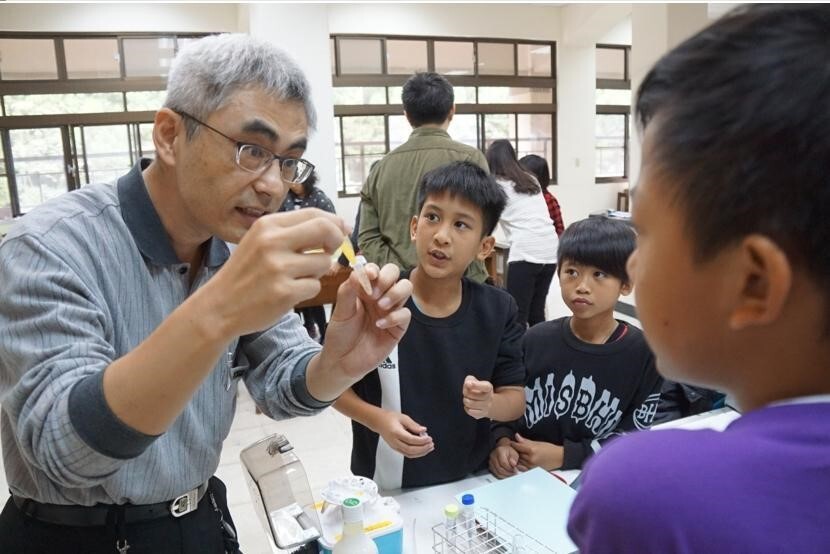
An example of NCUE’s science education guidance work.
2. Professor Pei-Fen Wu from the Department of Information Management implements the Ministry of Science and Technology’s research project ‘Developing a Digital Storytelling App for the Reminiscence Therapy Behaviour of Elders with Dementia’. Storytelling can help the elderly recall and enhance their memories and is an integral part of reminiscence therapy. This project aims to slow down memory deterioration in people with mild dementia using technology-assisted cognitive stimulation. Specifically, the project has developed an application for nostalgic narrative activities that helps the elderly use the familiar technique of verbal narration to tell stories. The app allows elderly patients with dementia to review their stories for reminiscence therapy, stimulating their language skills and encouraging them to share their stories in an organised manner. The narrative context of the patients with dementia can also be analysed from the perspective of gerontology. The project helps slow memory deterioration and provides support that improves patients’ self-confidence, sense of accomplishment, and happiness, benefitting both the patients and their families and caregivers. Professor Wu hopes that the activities will someday be used in clinical treatment.
3. Professor Yi-Ping Cheng from the Department of Public Affairs and Civic Education implemented the Ministry of Education’s ‘2019–2020 Subsidised Project for the Advancement of Teacher Quality and Characteristic Development of Teacher Training Universities’. The project cultivated citizen literacy and improved the quality of civic education teachers gender lectures, civic literacy empowerment workshops, and digital bilingual human rights courses. To learn more, visit this website: http://civicedulab.ncue.edu.tw/
4. Professor Chei-Chang Chiou from the Department of Accounting implemented the Ministry of Science and Technology’s project ‘Development and Evaluation of Learning Systems for Indigenous Peoples’ Long-Term Care: Educating Long-Term Care Cognitive Ability with Artificial Intelligence Combined with Animated Concept Maps’. The project examined the healthy diet of the indigenous peoples of Taiwan and assisted the indigenous peoples in building digital teaching materials and learning systems for long-term care.
5. Professor Hua Feng from the Graduate Institute of Rehabilitation Counselling implements Changhua County Government’s behaviour counselling service project. The project provides highly effective and professional evidence-based behaviour counselling and intervention services to improve the quality of life of people with disabilities in the central region. It fulfils NCUE’s social responsibility by providing the people aged 2–40 with disabilities who have emotional behaviour problems with positive behavioural counselling based on applied behaviour analysis and other proven guidance and counselling theories. The one-to-one positive behaviour interventions and teaching and behaviour counselling improve the clients’ physical and mental health and quality of life. Summaries of some of the results follow:
5.1 The following activities were accomplished in 2020: 101 clients and 5,000 person-times; 63 examples of other services (e.g. counselling evaluation meetings); and 122 caregiver symposiums. The user satisfaction rate was 97%, and 99% of patients’ significant others and caregivers believed that the patients had made significant progress in improving their behaviours.
5.2 Over the past five years, at least 100 persons were served each year, totalling 5,000 person-times per year and 500 persons and 25,000 person-times over the past five years. There were 300 counselling evaluation meetings and more than 500 caregiver symposiums.
5.3 Every year, professional training workshops are open to professionals from domestic institutions to train seeded teachers in behaviour counselling for schools, medical institutions, and social welfare institutions. In 2020, the Centre and the Autism Society of Taiwan held two courses in elementary behavioural counselling. The participants included rehabilitation staff, special education teachers, and preschool educators. Each course had around 25 participants and comprised 63 hours of teaching and training time, helping to fulfilled the university’s social responsibility.
5.4 In 2020, there were 13 training courses for parents. In a survey rating the course content and taught content, 80–90% of the parents were satisfied or very satisfied with the courses.
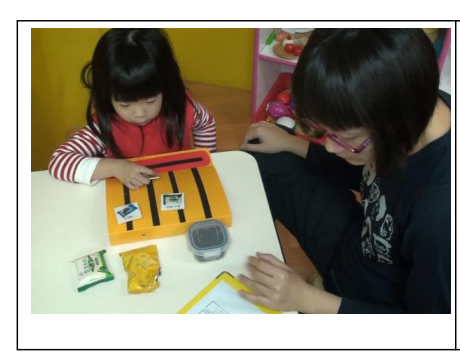
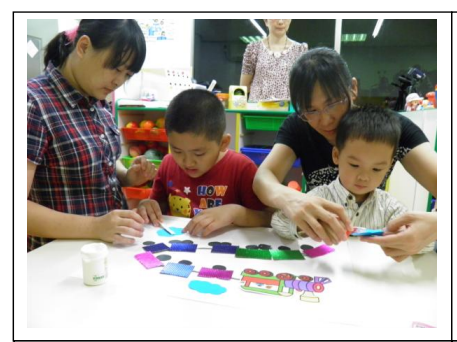
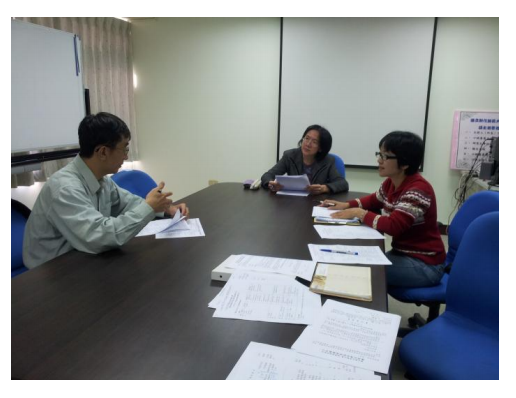
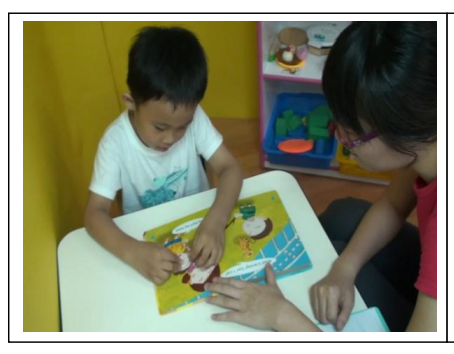
Individualised teaching and seminars for parents (Professor Hua Feng).
6. Professor I-Chun Huang from the Graduate Institute of Rehabilitation Counselling implemented the Ministry of Science and Technology’s project ‘Analysis of the Employment Opportunities for Taiwan’s Persons with Disabilities’. Helping people with disabilities find jobs and guaranteeing the availability of employment for them have always been core concepts of rehabilitation counselling and an important goal of vocational rehabilitation services. Numerous studies have evaluated employment effectiveness and factors affecting employment. However, few studies worldwide have investigated the effects of geography and its characteristics on the employment of people with disabilities. This Ministry of Science and Technology study used data from the 2016 ‘National Information Management System of the Vocational Rehabilitation Services for People with Disabilities’, using spatial analysis to examine geographic characteristics of the people with disabilities who successfully got jobs. The research helps vocational rehabilitation professionals become more aware of labour demands, industrial structures, and market potential, providing empirical data that helps them to choose between work strategies and support the practical development of vocational rehabilitation for people with disabilities.
7. Professor Kai-chao Yao from the Department of Industrial Education and Technology implemented the ‘Establishment and Evaluation of IoT Smart Home Robot Teaching Module Based on Embedded Thematic-Approach Strategy ’. Smart robots use AI technology and integrate various technologies, such as the IoT, Big Data, deep learning, machine learning, neural networks, and expert systems. Smart robots can increase humans’ efficiency and improve their quality of life. The smart robot industry has huge development potential and is regarded as the next trillion-dollar industry. This project focuses on the IoT, which is crucial to AI-based smart robot technology and has designed a teaching module for IoT robots for smart homes using an embedded thematic approach. NCUE expects that its students will integrate IoT technology into their studies of robot design and practice and learn to build smart home robots with IoT functions. The project’s courses involve the development of teaching materials and aids for thematic education, learning strategies, teaching experiments, and learning performance evaluations. The cross-disciplinary research project involves integrating such emerging technologies as smart homes, IoT, robotics, and industrial education research, such as constructing teaching materials and aids, experimental teaching, and evaluation.
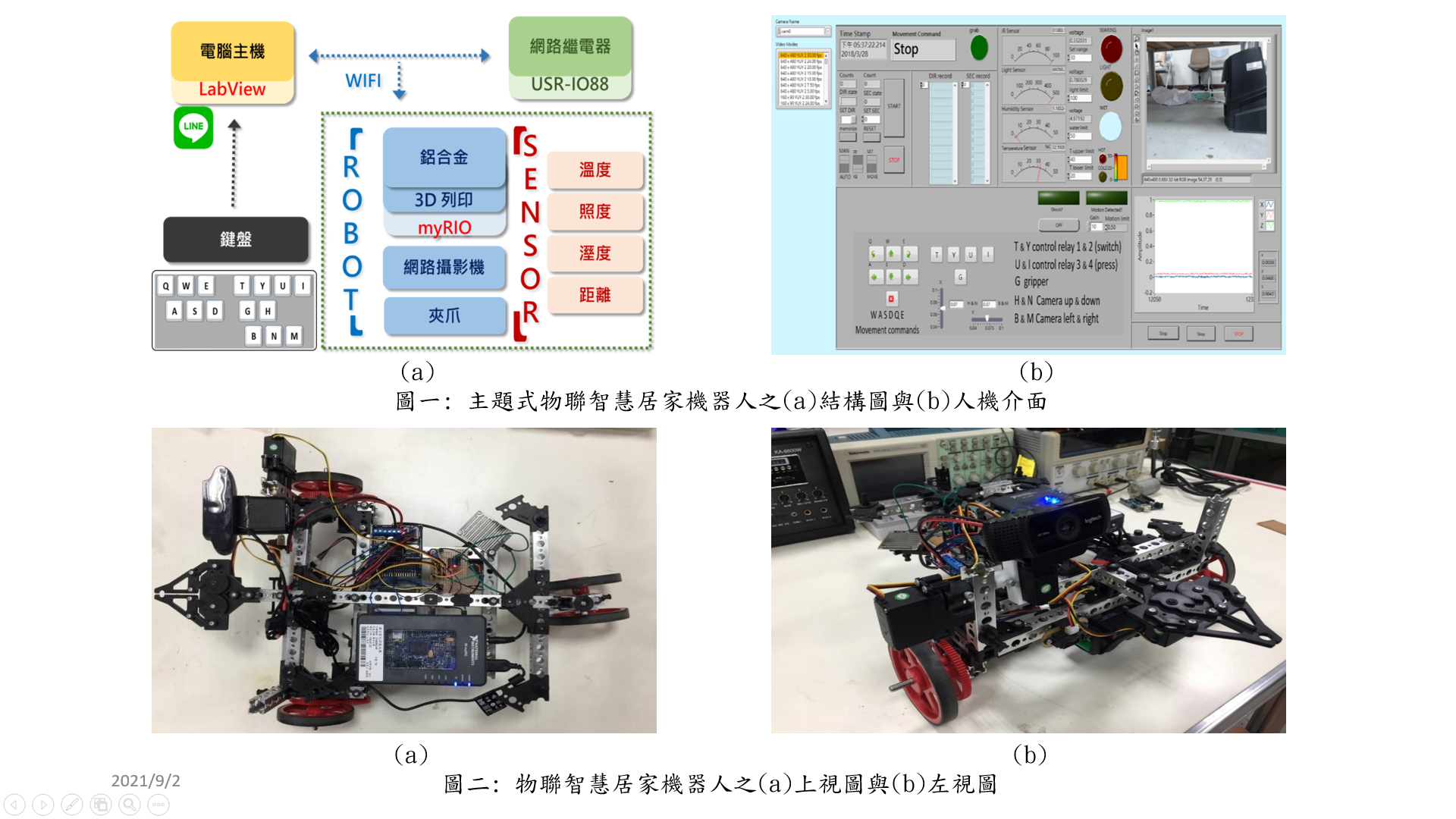
Smart robots using AI technology.
8. Professor Chung-Chi Lin from the Department of Biology presided over the Ministry of Science and Technology’s project ‘Reinventing Global Governance on Invasive Alien Species: Positioning Taiwan for Best RIFA Prevention, Predictions, and Education’. Using advanced data model analysis and a new platform for studying RIFA invasions, this research has made major contributions to Taiwan’s science development, specifically in the ongoing scientific debate on the causes and prevention strategies for the RIFA invasions plaguing the globe and the agricultural and economic impacts of those invasions. This study discovered a pattern useful for eradicating RIFAs in Taiwan, revealing the hot spots and paths of RIFA proliferation. It also developed a smart notification platform incorporating app systems that can detect pest ants and AI image identification to improve the efficiency, timeliness, and accuracy of detections by frontline investigators, volunteers, farmers, and the public. Through geographic information system (GIS), social network analysis, and foreign and domestic information on RIFA distributions, this study has produced the following major findings: (1) RIFAs mainly inhabit roads, rice fields, and warehouses; (2) RIFAs invade through busy shipping ports and their connecting ports; and (3) the primary reasons for RIFA proliferation on Kinmen Island include road construction, regional construction, and urban development. Since major research is needed to help distribute control resources, the research team has been invited to participate in interdepartmental meetings held by the Bureau of Animal and Plant Health Inspection and Quarantine.
Fire ant detection, identification, control, monitoring and deregulate process.
9. Professor Chung-Chi Lin from the Department of Biology presided over the Ministry of Science and Technology’s project ‘Discussion and Solutions for the Problem of Pest Ant Damage Caused by the Impact of Climate Change on the Lowland Ecology and Changes in the Lowland Community’. Taiwan’s lowlands, the ecological green belts connecting the woodlands and the agricultural communities, conserve water and soil resources. However, the lowlands have been threatened by slope disasters caused by climate change, community pressures to expand the farmland, shattered landscapes, a fragmented ecology, and habitat losses, leaving them ecologically fragile. A newly emerging problem in recent years has been pest ants invading the lowland towns in Central and Southern Taiwan. Marching ants have flooded into houses like streams, and flying ants have swarmed into homes like black mist. The abnormal ecological phenomenon reflects Taiwan’s deteriorating ecological health. The project carried out cross-disciplinary integration, focusing on the ant infestations directly affecting lowland residents in a comprehensive review on the problems of shattered landscapes, ecological loss, and hidden development pressures. Using the research framework of the ecosystem services in the slopes, the team investigates the key biologic facies in ant-infested habitats, establishes evaluation indicators, and analyses landscape changes, environmental vulnerabilities, and ecological potential. The team also considers how ant infestations impact industries and tourism in the mountain village communities. The project aims to establish a lowland agricultural production system with ecosystem services that will benefit human well-being against the background of climate change.
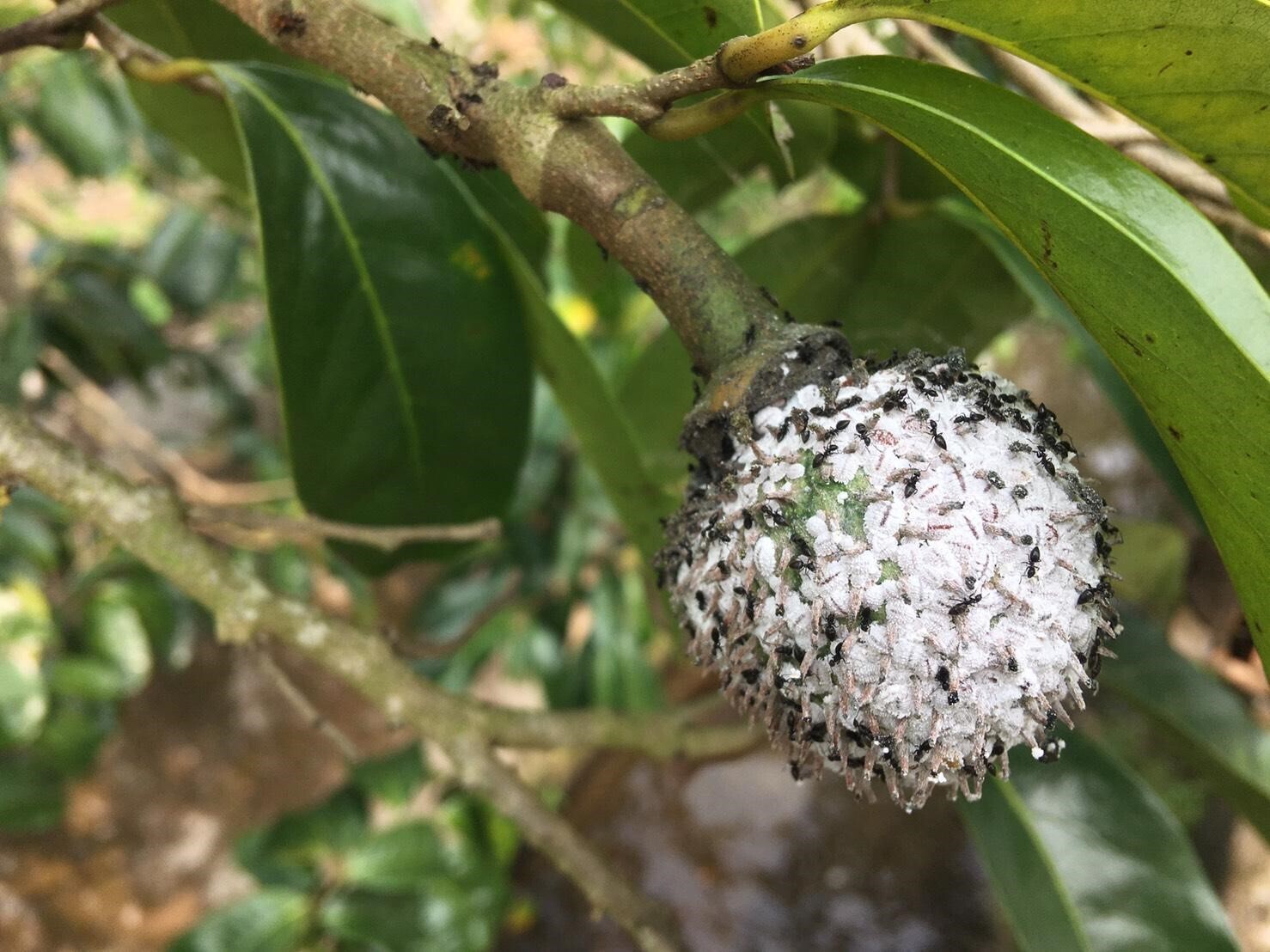
Technomyrmex and Pseudococcidae (Professor Chung-Chi Lin).
10. Professor Chung-Chi Lin from the Department of Biology presided over the ‘Core Technology Development and Safety Assessment Model Construction of the Agricultural Spraying Drone Industry Chain: Field Test of Controlling RIFA Invasions with Agricultural Drones and the Management of Agricultural Spraying Drone System’ project of the Bureau of Animal and Plant Health Inspection and Quarantine, Council of Agriculture. Regions with large area RIFA invasions rely heavily on ant baits to control the infestations. However, many infested areas with irregular terrain (e.g. hills, steep slopes, rivers, valleys, fenced farmland, and zones under military control) remain inaccessible for humans even with beach buggies, so these areas are usually ignored. Over the years, terrain restrictions have limited RIFA control coverage to 70–75% of the infested area, which can lead to new waves of infestation. Therefore, this project is working to establish an operational model using agricultural drones to spray RIFA control agents over large areas or inaccessible or unusual terrain. It also seeks to establish a registration and management system for drone-based pesticide spraying and interconnect the operations to manage unmanned aerial vehicle spraying data.
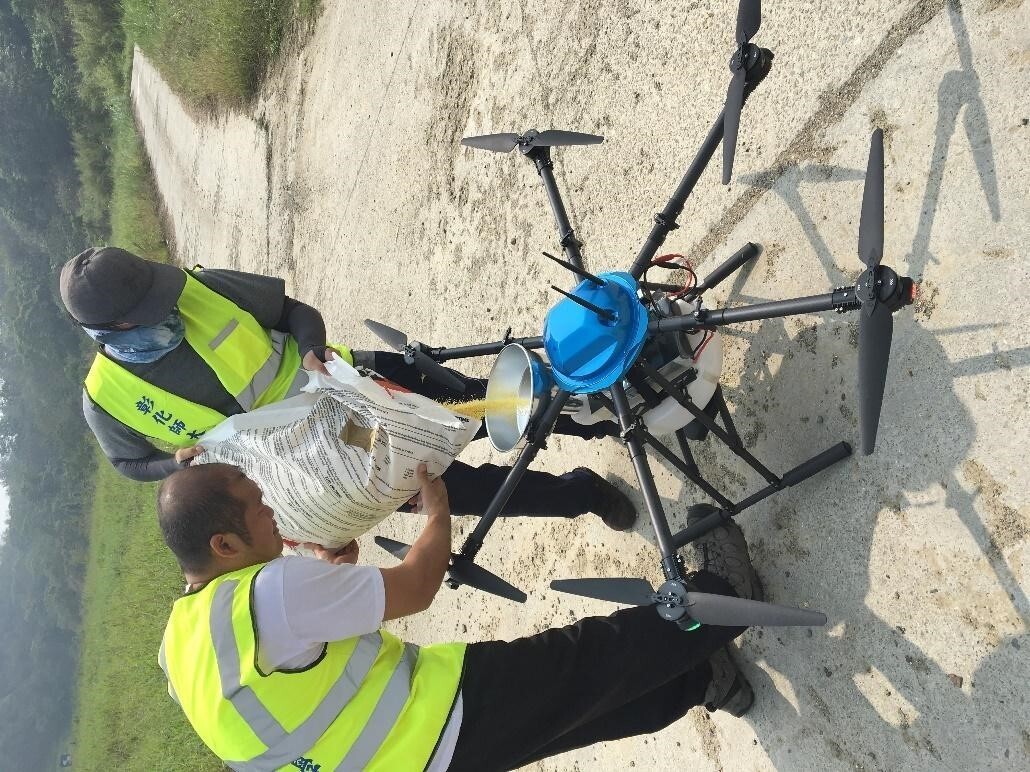
Fire ant control drone (Professor Chung-Chi Lin).
11. Professor Mu-Jung Huang of the Department of Accounting implements the Overseas Community Affairs Council’s ‘Potential Star Selection Project of Global Young Entrepreneurs’ hosted by the China Productivity Centre (an organisation affiliated with the Ministry of Economic Affairs) and serves as a strategic consultant and management accounting consultant in the project. This plan realises the government’s policy of assisting overseas Taiwanese entrepreneurs and is mainly implemented by the Taipei Headquarters of the China Productivity Centre. For the companies with development potential, business the project appoints consultants to guide them so they can get listed on Taiwan’s market or receive government support for overseas companies. Recently, the project worked with one Taiwanese company in Australia and another in Thailand, diagnosing business opportunity strategies for the Australian medical industry and practical diagnosis strategies for Thai cost and process industries. The consultations were mainly conducted through video conferences. Using internal information provided by the companies, the project suggested ways to improve their businesses and get expert advice when they encountered difficult problems during their operations.
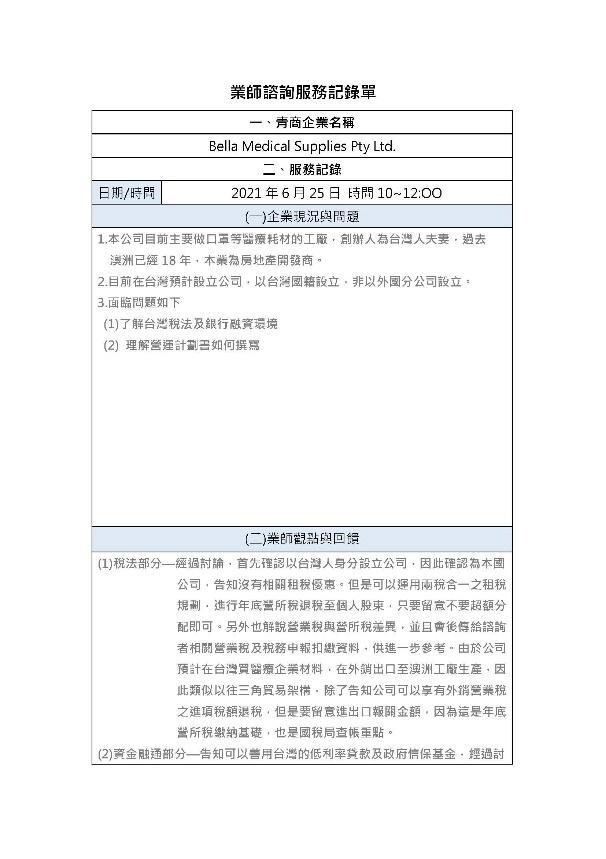
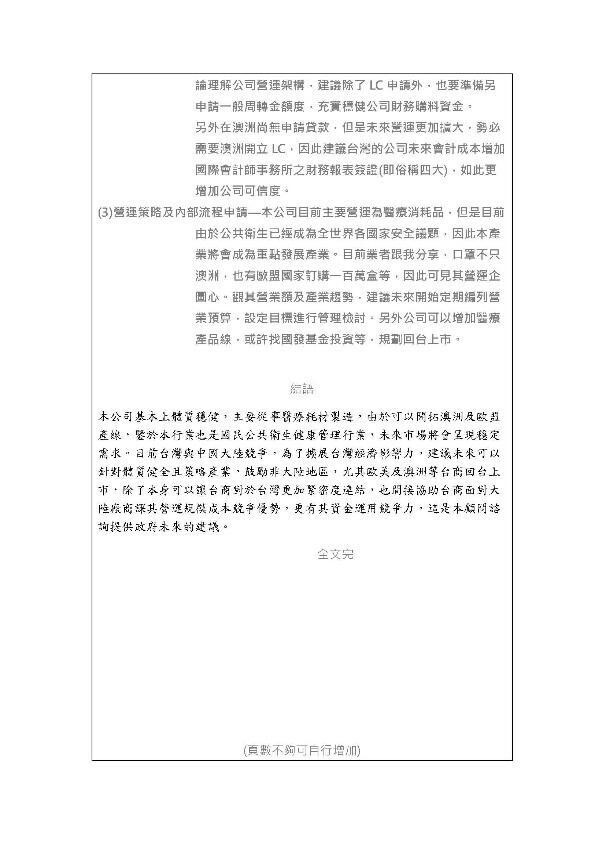
Bella Expert Consultation Service Record Sheets (Professor Yi-Chun Lin).
12. Professor Jien-Yi Tu of the Department of Geography presides over the Ministry of Science and Technology’s project ‘Interannual to Interdecadal Variation of Typhoon Activity in the Western North Pacific’. Since typhoons are the most severe weather phenomenon in tropical waters, typhoon research is a common research topic worldwide. Taiwan is located in the Northwest Pacific–South China Sea area where typhoons form with the highest frequency globally; on average, Taiwan is directly or indirectly affected by three to five typhoons each year. Although typhoons are the main source of rainfall in Taiwan, their strong winds and heavy rain frequently cause casualties and property and economic losses. This project uses observation data on typhoons to characterise them (e.g. genesis positions, tracks) in the sea area, understand long-term changes in typhoons over the past 50 years, and explore how the changes affect rainfall and water resources in Taiwan. The project’s research found that in the early autumn (September and October), the frequency of typhoons passing through the waters near Taiwan (120–130oE, north of 20oN) has increased since 1998, with a corresponding increase in Taiwan’s rainfall in September and October. These results advance our knowledge of long-term changes and trends in regional weather patterns, especially typhoons, providing invaluable insights that inform the Taiwan government’s disaster prevention plans and water resources deployment.
13. Director Yang-Wei Lin of the Teaching Excellence Centre implements the ‘Higher Education Sprout Project’ of the Ministry of Education.
13.1 Policies and Plans: The second phase (2020–2022) of the University Social Responsibility (USR). Projects: ‘Shetou Sock Projects: Innovation, Entrepreneurship, Revitalisation’; ‘Deep cultivation in Fangyuan and Joining Hands in Dacheng: Changhua Twin Cities’ Industrial and Environmental Sustainability’ and ‘Baisha x Common Good Education: Twelve-Year Compulsory Education project in Rural Areas’.
13.2 Empirical evidence and results: NCUE’s USR projects have unique characteristics. The Teaching Excellence Centre continues to strengthen the support system and encourage faculty members and students to study and propose USR-related research plans on teaching practices and participate in project-based practical courses that can solve local problems. The projects integrate the concepts of corporate social responsibility (CSR) and environmental, social, and corporate governance (ESG) to realise the United Nations’ SDGs, effectively driving faculty members and students to solve local issues for win–win situations in sustainable development and the circular economy.
|
|
|
|
|
|
|
|
|
|
|
|
- Annex 16.3.3A-(I) 1628060052967—Jui-Ying Chen
- Annex 16.3.3B-(IV) Atayal people—Chei-chang Chiou
- Annex 16.3.3C-(V) Individualised teaching and seminars for parents—Hua Feng
- Annex 16.3.3D-(VI) Spatial analysis results—F.-I.-Chun Huang
- Annex 16.3.3E-(VII) Slide 1 —Eric Yao
- Annex 16.3.3F-(VIII) Figure 1—Chung-Chi Lin
- Annex 16.3.3G-(IX) Technomyrmex and Pseudococcidae—Chung-Chi Lin
- Annex 16.3.3H-(X) Fire ant control drone—Chung-Chi Lin
- Annex 16.3.3I-(XI) Bella Expert Consultation Service Record Sheets—Yi-Chun Lin
- Annex 16.3.3J-(XII) Application information for the Times Higher Education (THE) Impact Rankings (20210809 Abstract)—Jien-Yi Tu
- Annex 16.3.3K-(XIII) Teaching Excellence Centre, application information for the THE Impact Rankings (Information gathered and edited by the Secretary Office) 1100810—Tsai-Jung Wu
